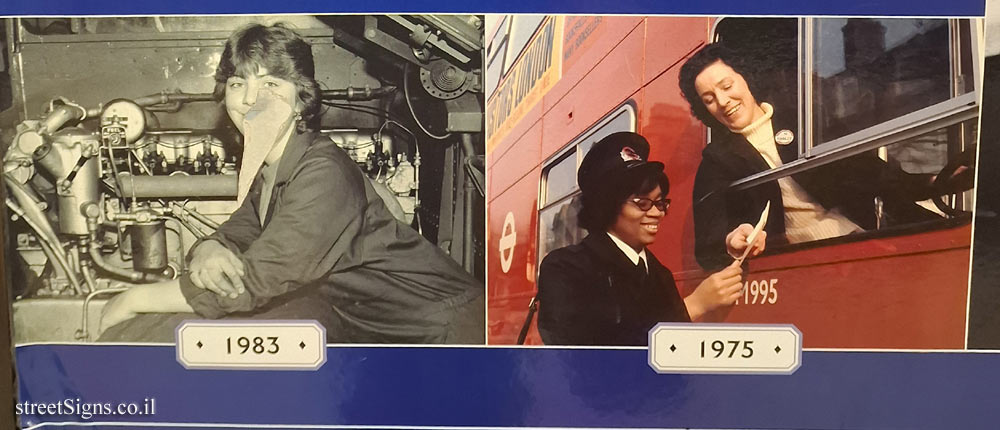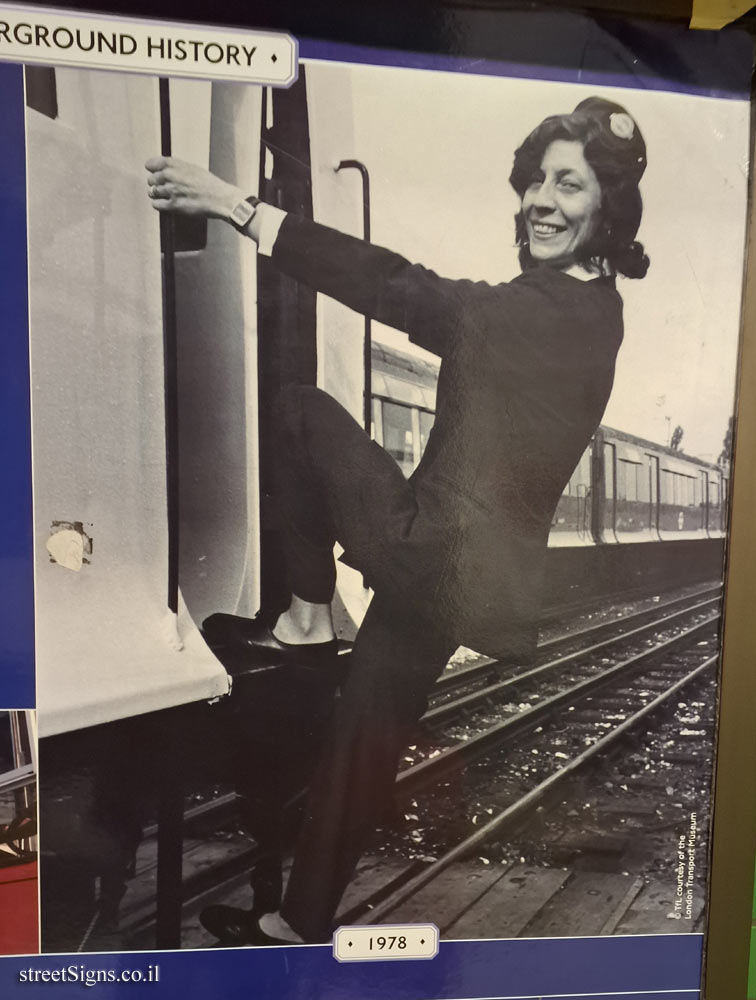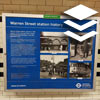
The ultimate street signs, historical sites and house numbers

 Click for a larger image
Click for a larger image  Click for a larger image
Click for a larger image  Click for a larger image
Click for a larger image  Click for all signs belonging to London Underground History
Click for all signs belonging to London Underground History
 620 Meter |
620 Meter |  773 Meter |
773 Meter |  1.17 Km |
1.17 Km |  1.41 Km |
1.41 Km |  1.65 Km
1.65 Km